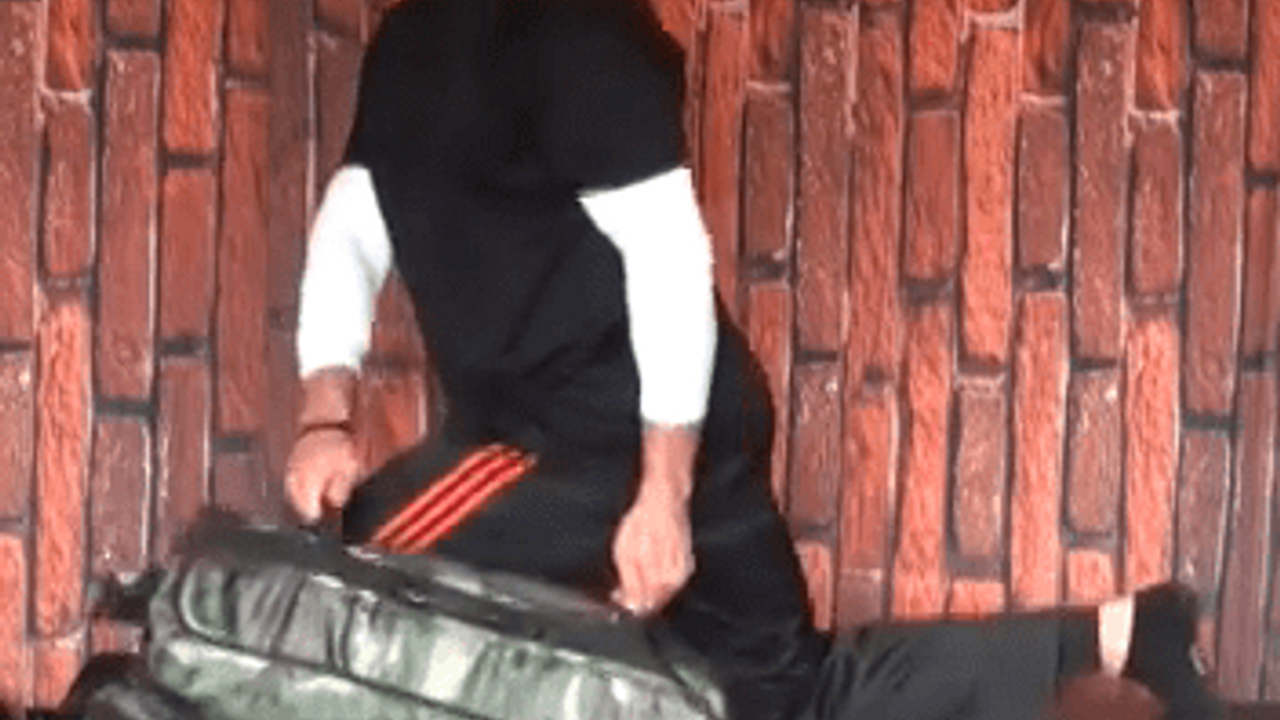
3 Smarter Glute Exercises for Greater Punching & Kicking Power
By Corey Beasley
One of the most positive changes to fitness and performance training has been the influence of functional fitness. What functional training has done has helped shape what we see as priorities in training. We have gone from thinking the “mirror muscles” are the the key in strength to the realization that some of the less glamorous muscles like the hamstrings, rhomboids, and glutes are actually pretty darn important.
Especially those glutes, and that is a BIG change because for years male athletes wouldn’t admit that their glute training was really important for them. That was reserved for the cardio queens right? Thankfully, science showing that the glutes are a big part of our power generator for sprinting, jumping, kicking, and punching has altered how we see our training.
Yet, as anything becomes popular we sometimes get a bit short sighted as well. Most still judge the quality of glute training by their ability to “feel the burn” so we don’t end up training how the glutes work in the real world, but altered bodybuilding techniques. Not optimal for performance right?
There are three strategies that will help you build better and smarter performance training by understanding glute training better!
1: They Are Glutes, Not Glute
Huh? When people talk about the glutes they often are just talking about glute maximus. That is the biggest glute muscles so makes sense right? Well, when we have a big muscle it rarely does one thing. If you look up the functional anatomy of the glute max you get info like the following…..
“The contraction of the cranial fibers leads to abduction whereas the contraction of the caudal fibers causes an adduction. The iliotibial tract enhances the lateral thigh fascia and thus relieves the pressure of the femur (tension band principle).”
Zzzzzzz, oh okay, so what does the above mean? The take home point is that the glute maximus actually does several things at once. So, just training it in a singular manner isn’t very productive to real world activity. This is especially true when you realize the “glutes” involve glute medius and minimus as well. In other words, the glutes produce and resist motion in many different patterns, positions, and angles.
That means your training has to reflect the same.
2. Rotational Power Is In The Glutes
If you look at most punching, kicking, and throwing actions you will see people heavily rely on a strong pivoting action of the foot in the ground. We don’t twist through our backs because our lumbar spine has very little rotational capabilities. Don’t believe me?
You don’t have to have a degree in biomechanics to know that your hip is a ball and socket joint. What do we know about ball and socket joints? They have A LOT of movement, well, they are suppose to at least. That typically means the joint above and below has to be more of a stability area. This is what physical therapist, Gray Cook, calls the joint by joint approach.
That means we need to know how to use the glutes when we produce rotation. How do we do so? Use a progressive means of rotational exercises helps people understand how to use the glutes as both a center of power and stability.
3. Your Feet REALLY Matter!
Most people probably wouldn’t automatically think of their feet when they think of their glutes. However, try this little trick. Stand up, c’mon stand up, and relax your feet. How much glute activation do you feel? Not much right?! Okay, now simply try to grip the ground with your feet as hard as possible, something change? Your glutes just get really tight?
You see this is how your glutes function in real life. That is why when a coach once asked me how come I perform glute bridges with my feet flat instead of toes elevated, I simply told him that isn’t how our body is meant to move.
This is the same reason that while I love deadlifts, cleans, and the like, my goal is to move people into positions where they have to replicate these types of movements with more feedback and work done by the feet. This could appear in changes the direction in which we move, using more single leg variations, and so much more. When you start grabbing the ground with your feet all of a sudden your perception of the lower body and power changes.
When you understand how the body really moves you can create so much more success for your training. Breaking the body down as a whole and not into individual parts will allow you to create more efficient and smarter exercises!
Josh Henkin is the founder of The Ultimate Sandbag and DVRT training system. His systematic approach is helping coaches and trainers around the globe improve movement and strength in every direction. Josh just released his NEW Online DVRT Certification course. Check it out here-->>Online DVRT Certification




